- Home
- international
- news
- Photos show how South Korea's plummeting birth rate has left hundreds of abandoned and crumbling schools throughout the country
Photos show how South Korea's plummeting birth rate has left hundreds of abandoned and crumbling schools throughout the country
Cheryl Teh

- South Korea has one of the lowest birth rates in the world, and it's resulted in hundreds of schools being abandoned.
- These schools have been slowly emptying out over the past four decades.
- Some provinces breathing new life into empty schools, repurposing them as galleries and community centers.
South Korea's fertility rate has been in free fall for years, and the country no longer has enough children to fill its schools.
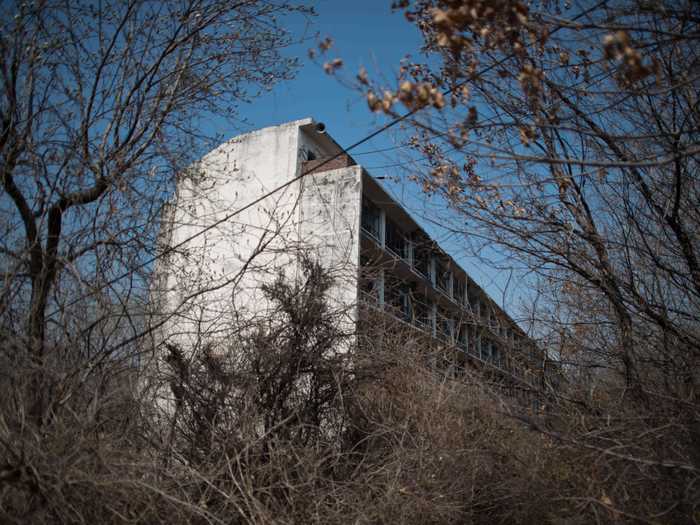
The country's fertility rate hit a rock-bottom of 0.84 babies per South Korean woman this year, according to a 2021 statistics report on South Korean births and deaths released by the South Korean government.
It's a far cry from its 1960 peak of six births per woman, according to data from the World Bank. South Korea now has the lowest fertility rate in the world.
For comparison, the rest of East Asia and the Pacific has an average fertility rate of 1.8 children per woman. And in the US, the fertility rate stands at around 1.7 children per woman.
The Chung-Il Girls High School is one of the thousands of South Korean schools that have been left to rot.
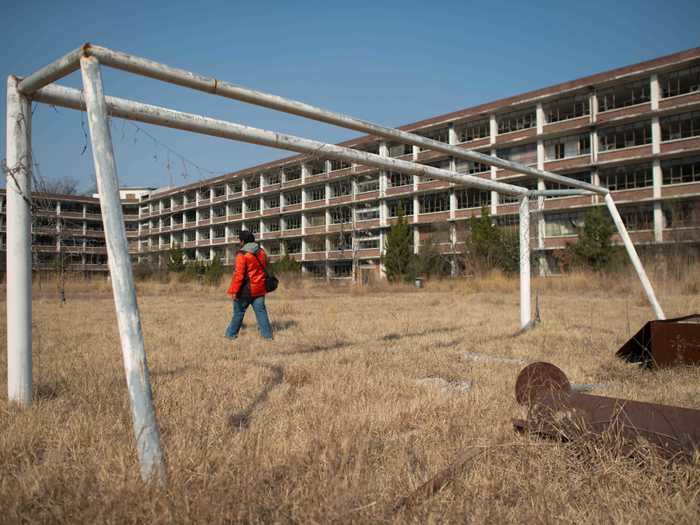
The Chung-Il Girls School is in Daejeon, a sleepy city around 140 kilometers from Seoul.
Its crumbling walls, blown-out windows, and dilapidated facade paint a stark contrast to the tidy, uniform roofs of suburban Daejeon.
The high school shuttered in 2005 after its last batch of girls graduated in 2004, per local news outlet JoongAng Ilbo. It is now a hotspot for adventure-seekers, ghost hunters, and urban explorers, some of whom make their way down from Seoul to visit the school's ruins.
An estimated 3,725 schools closed down across South Korea between 1982 and 2016.
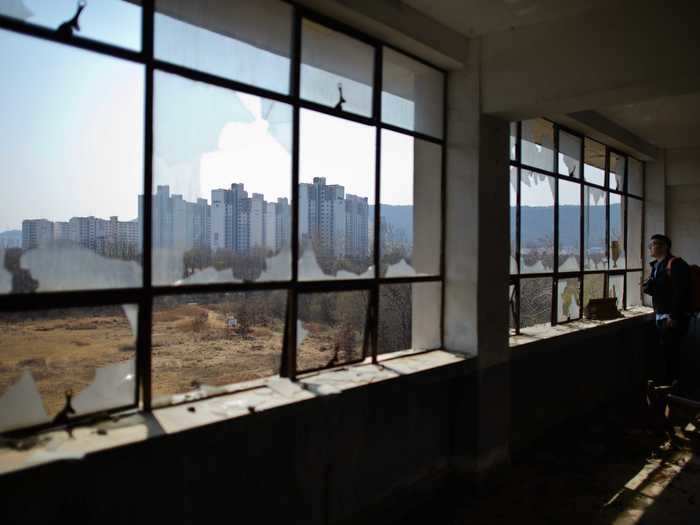
Chung-Il High is one of the thousands of South Korean schools that were forced to shutter over the last four decades due to a lack of students.
From 1982 to 2016, 3,725 schools across the country closed due to a lack of students. This evens out to an average of 113 schools closing every year, per Yonhap News.
According to the Korea Herald, 62.7% of the shuttered school properties were sold to real estate developers to be torn down. But that left some 1,350 schools standing, with no one to use them.
The death of South Korea's regional schools has been slow but steady. The country's fast-declining population means there just aren't enough students to fill their halls.
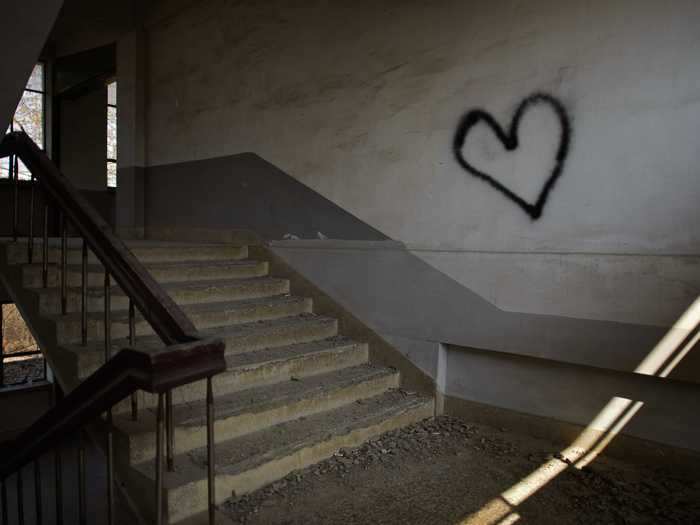
This year, the country recorded a grim new milestone: 2021 was the first time in the country's recorded history that the number of deaths outpaced the number of births.
Data from the World Bank shows the country's annual population growth rate has fallen steadily over the last 60 years, dropping from 2.96% growth in 1961 to 0.13% growth in 2020.
Residents of cities like Daejeon say the abandoned schools are eyesores on the landscape.
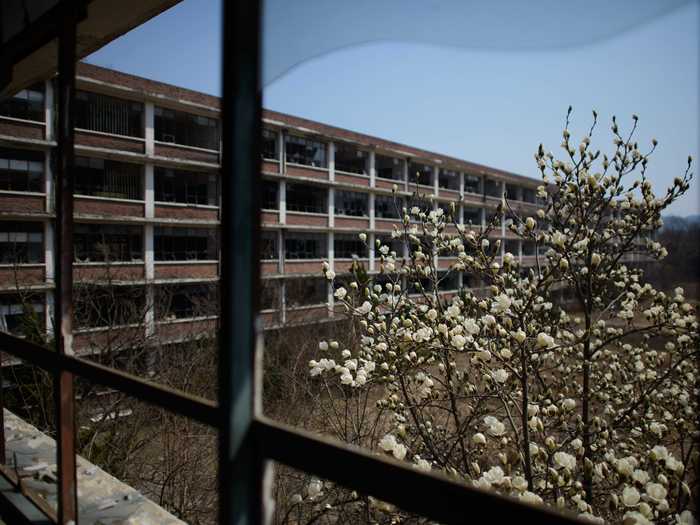
Kim Hwa-yeon, 29, is a former Daejeon resident who now lives in Seoul.
Speaking to Insider, Kim called the old school building a "seriously scary-looking place" and an "environmental hazard."
"I don't know why the government doesn't just tear it down. It's not like anything good can come of having a building like that ten minutes away from my home. It looks like it's haunted, and I'd rather it be demolished as as soon as possible," Kim said.
The problem of abandoned schools has hit rural areas especially hard. The families who choose to stay in their rural homes are now struggling to find schools for their children.
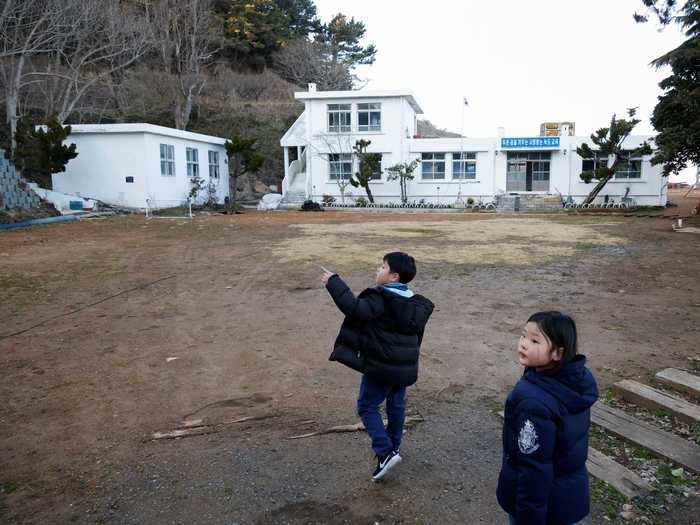
Insider wrote in March about the South Korean island of Nokdo, a once-vibrant fishing village that now has fewer than five children living on it.
The remaining kids — which include pastor Lyoo Geun-pil's three children, Chan-hee (10), Chae-hee (seven), and Ye-hee (three) — don't have a school to go to because the last school in Nokdo closed in 2006. The children are tutored by a teacher, who goes over to Nokdo by boat.
"Chan-hee needs to go to a middle school in two years … I want to give some hope (to folks on the island) by finding a way to give middle school education to Chan-hee from here," Lyoo told Reuters in March.
Not all provinces are leaving their abandoned school buildings in decay and disrepair.
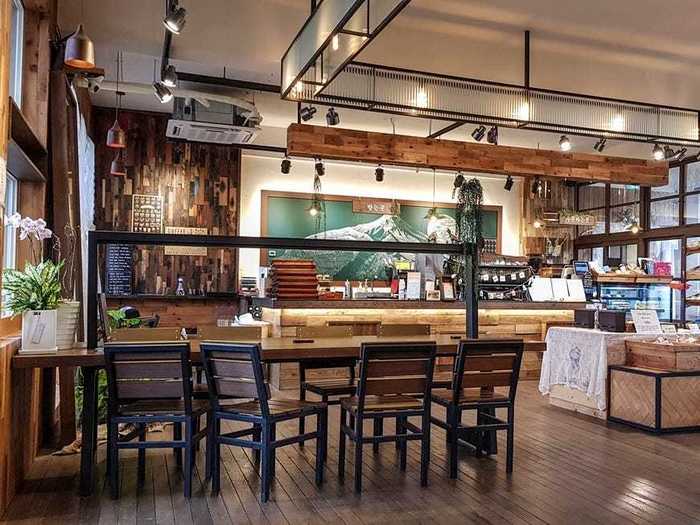
Some provinces are opting to repurpose these abandoned schools. One property in Jeju has been turned into a cafe and community center.
The old Myeongwol Elementary School, which closed in 1993, was converted into a cafe and gallery called LightMoon, which opened in 2018.
According to the Jeju Tourism Organization's Facebook page, the refitted school building now houses a coffee bar complete with school-themed candies and snacks. The cafe also hosts a flea market every Monday.
Other provinces, like South Gyeongsang, have allowed tenants to turn abandoned school buildings into museums.
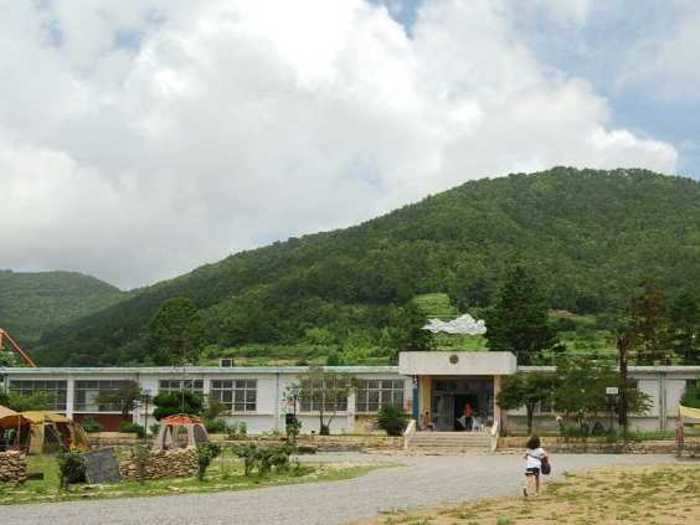
South Gyeongsang province is home to 584 empty schools. It has leased out some empty schools to tenants, who have repurposed the spaces as art galleries, cultural centers, and cat shelters.
One of them is the Kil Hyun Art Gallery in the province's Namhae county, which opened in 2010. The gallery is built on the grounds of the old Seongnam Elementary School, which closed in 1999.
Kil Hyun, the center's art director, told the Korea Times that he maintained most of the original school building's features. He now runs four arts education programs for students, residents of the area, and senior citizens.
"Even just a decade ago, I believed that Namhae remained as one of the most isolated regions in terms of culture," Kil told The Korea Times. "There was a movement to found a proper cultural institution in the region, and since my home was around 34 kilometers away in Hadong, I decided to come here and establish one myself."
Another building in South Gyeongsang province has been converted into a community center where kids can go to summer camp.
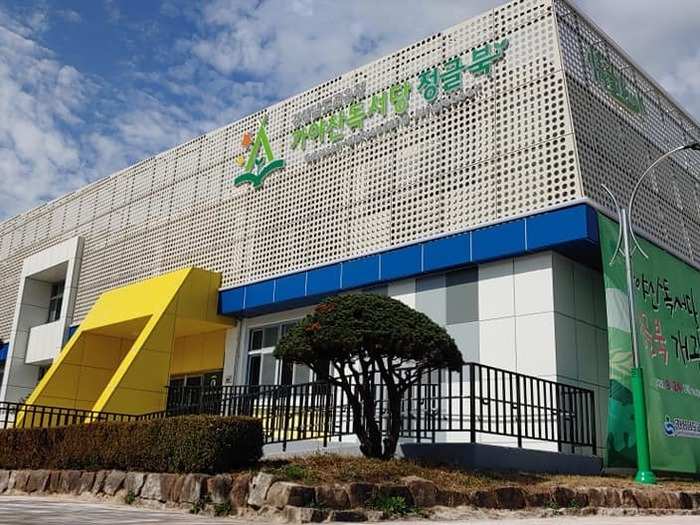
Gayasan-dokseodang Junglebook is a jungle-themed community center and children's library. It was built on the premises of a school that closed in 2019.
"I think the Junglebook center is a good place for children to go to. We have been there twice, and there's a nice library that my daughter enjoys," Hapcheon resident Park Dal-rae told Insider. "I think it's a much better use of premises rather than just leaving the old school there."
South Korea is not the only Asian country plagued by population issues.
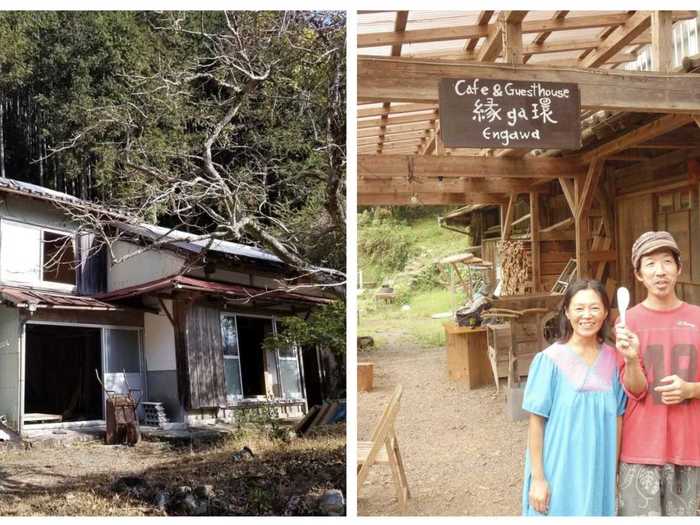
In Japan, rural depopulation has left behind more than eight million akiya, or abandoned homes. Provincial governments are desperately attempting to fill the homes, but experts say that repopulation is a zero-sum game, as Japan simply doesn't have enough people to go around.
And to address its own flagging birth rate, China made a massive turnaround in its population policy this year, by removing its two-child quota and introducing a three-child policy.
READ MORE ARTICLES ON
Popular Right Now
Popular Keywords
Advertisement